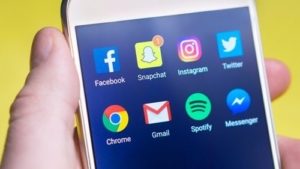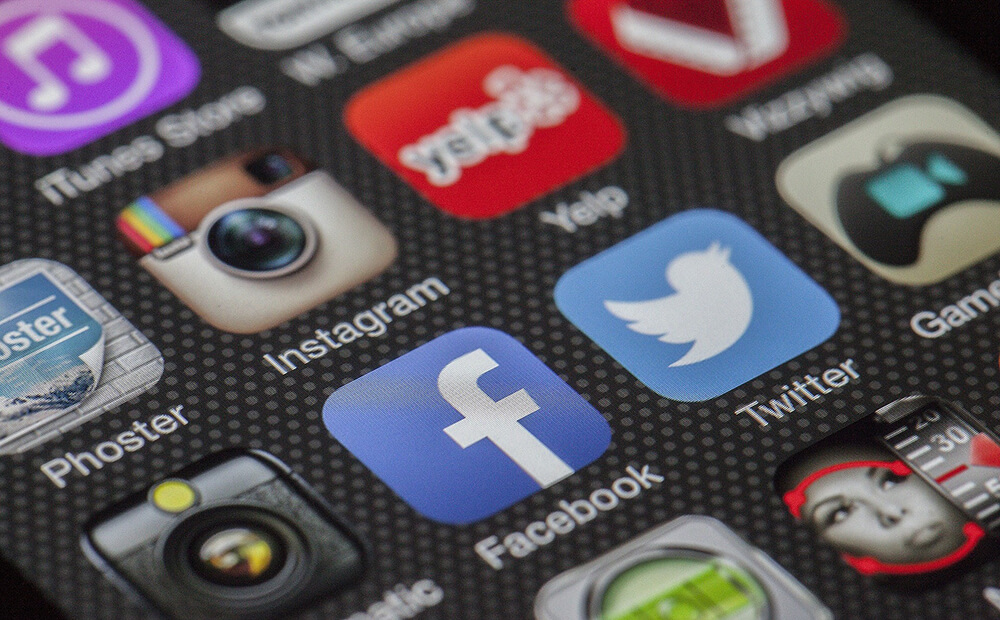Boom! 14 Different Disasters Caused by Social Media
There are a number of ways that you or your small business could get caught up in a disaster on social media. Can you think of any? If not, that’s cool. Here are 14 that could be dangerous:
- A Horrific Reputation Online – Do you watch your company’s Facebook page? Do people post to it? Are you staff members posting? Even things that seem lighthearted at first, they could easily be taken in the wrong way by others.
- Racy Text or Images – If you or your employees are sharing racy text or images on their own social media pages, it could affect your business and your life. Though you cannot control what others are posting, you can absolutely educate them on how to use social media in an intelligent way. Generally, these things happen simply because of ignorance, but even something seemingly innocent could give your company or yourself a bad name.
- Fakers – You might not realize it, but there could be someone out there posing as your company or yourself. So, make sure to scope out the internet to see if anyone is using your company name or logo. There could even be fake websites out there. You can set up a Google Alert to notify you if your business name or personal name appears on the internet.
- Financial ID Theft – Though it might seem safe to post a picture of your new puppy on your company’s website, it could lead to a stolen identity. How? Well, if you post the photo, you will probably put the puppy’s name on it. A lot of people use the names of their pets as passwords or as answers to online security questions. Now, a scammer has one more piece of the puzzle that they can use to hack into your accounts.
- Photo GPS – When you post a photo to your social media account, make sure that the GPS is turned off. This way, a criminal cannot use it to locate you nor your employees. GPS is great, but it can also be dangerous.
- Vacations – Remind your staff about the dangers that can come when they post vacation information on their social media accounts. A burglar can easily use this information to find homes to break into. If they know, for example, that Sally in HR is on vacation, they know that she is not home, and now her house is a target.
- Corporate Snooping – There is also the possibility that a corporate snoop could set up a Facebook account, pose as a staff-member of a well-known company, and then pull in your real staff into a fake Facebook group. Then, they can feel free to talk about sensitive information that the criminal could then steal.
- Sex Offenders – Always know who you are chatting to online. Additionally, make sure to tell your kids or staff or staffs kids to be careful about talking with anyone new. This person could be a sex offender.
- Badmouthing – At some point, there will be a former or current employee who is disgruntled. They might feel like they were not terminated justly, or they might not like that they were passed over for a promotion. These are people who might try to get revenge by posting negative posts on your company social media pages.
- Bullying – Additionally, you might find that someone on your staff is a bully. Are they posting these types of bully messages on your social media? This could be bad for your business.
- Government Spying – Though it might sound crazy, there are instances where law enforcement agents can use social media to learn more about suspects in crimes.
- Fake Websites – You might also find that someone is setting up a fake website, and then pretending to be from your company. When a customer goes to your site, they could be giving them information about themselves, including their email address, account numbers, and phone numbers.
- Taking Over Accounts – Do you remember when the Associated Press and 60 Minutes had their Twitter accounts hacked? The AP account tweeted that President Obama was attacked. In response, the stock market tanked within minutes, causing people to lose millions of dollars because of a fake tweet.
- Liability – You can use the privacy settings on Facebook to hide certain posts, but that doesn’t mean they cannot be used in a future legal case. In fact, studies show that Facebook posts are used as evidence in 1 out of 5 cases of divorce.
What should you takeaway here? It is that there is no such thing as a social media account that it totally private. Someone who has bad intentions or even a post that isn’t meant to be malicious could ruin your or your company’s reputation.
ROBERT SICILIANO CSP, is a #1 Best Selling Amazon author, CEO of CreditParent.com, the architect of the CSI Protection certification; a Cyber Social and Identity and Personal Protection security awareness training program.

 Here’s How It’s Done:
Here’s How It’s Done: 


 These days, law enforcement is using social media to find missing children.
These days, law enforcement is using social media to find missing children. Does the whole world—or even your private circle, many of whom you haven’t seen in person for years, or even at all—have to know you’re laid up from hernia surgery (i.e., vulnerable, defenseless)?
Does the whole world—or even your private circle, many of whom you haven’t seen in person for years, or even at all—have to know you’re laid up from hernia surgery (i.e., vulnerable, defenseless)?
 A Chipotle Mexican Grill in Havertown, PA, had a ban in place: Employees are prohibited from using social media to spread “inaccurate information” or “disparaging, false or misleading statements.”
A Chipotle Mexican Grill in Havertown, PA, had a ban in place: Employees are prohibited from using social media to spread “inaccurate information” or “disparaging, false or misleading statements.”























